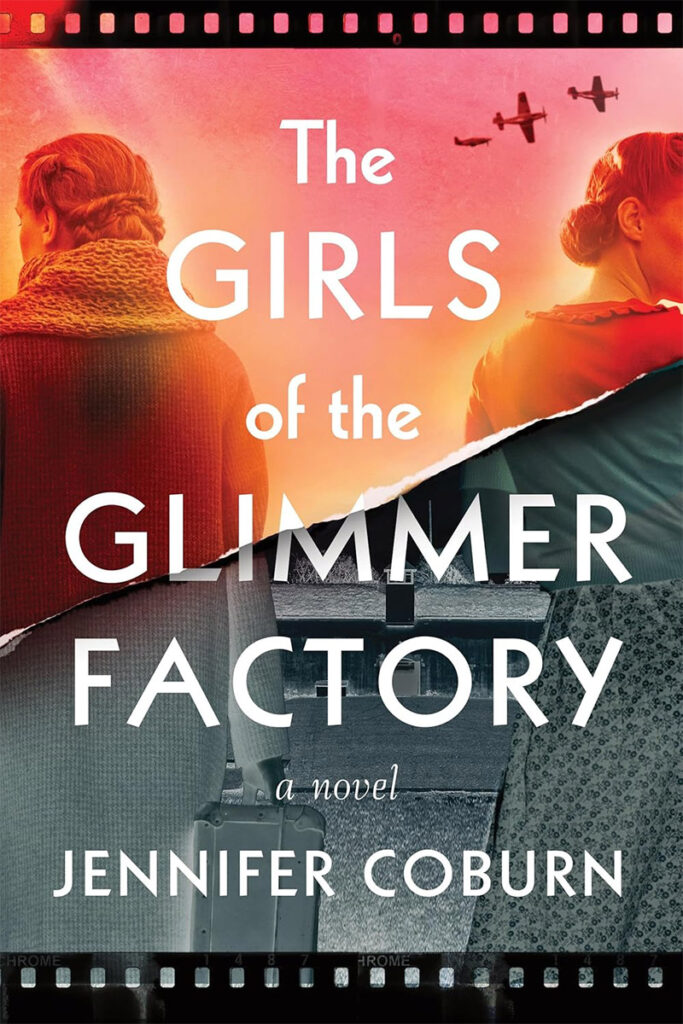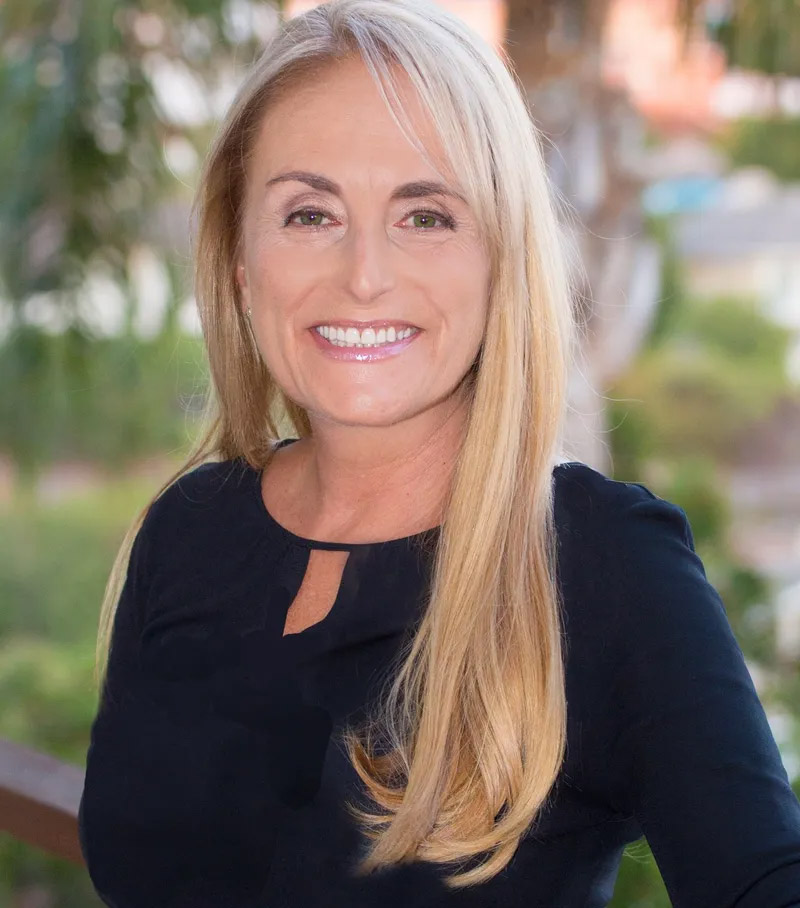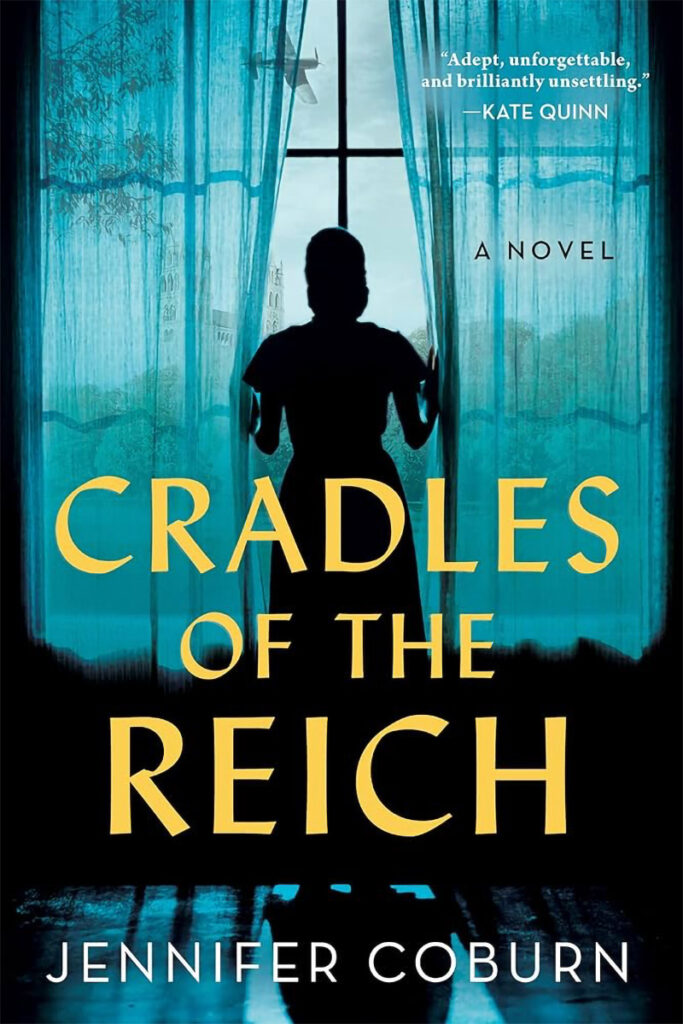
Relevant considering January 28th was Holocaust Remembrance Day. It takes place at the Theresienstadt Concentration Camp and is a novel about the importance of family, friendship, and community along with the healing power of art and music, finding one’s own strength/courage, and being able to resist, as well as a warning about the power of propaganda. The book alternates narratives between two childhood friends, Hilde and Hannah. Hilde is a true believer of the Nazi ideology while Hannah is now a Jewish prisoner at Theresienstadt. Coburn’s extensively researched narrative conveys the full horror of conditions at the camp through Hannah’s eyes, not the “show camp” that the Nazis are putting out to the world.

On background, Theresienstadt, the setting for the book, was 3.5 square miles, located in Terezin Czechoslovakia. It was a former military base, constructed in 1790, that was easily converted into a concentration camp. In its 3.5 years of existence 155,000 people passed through, 88,000 were sent to death camps in the East, 33,000 died from starvation and disease, and 34,000 survived.

This book along with the first book, Cradles of the Reich, are compelling, powerful, intense, captivating, and informative. With antisemitism going on in today’s world both are must reads.
Elise Cooper: Why do you think the Nazis created the concentration camp, Theresienstadt?
Jennifer Coburn: I came across examples of Nazi propaganda that included posters, films, and even board games. After the Nazis codified the Final Solution of killing the Jews they knew the world would start to ask questions. They understood they needed somewhere to bring the Red Cross and other humanitarian organizations to fool them that the Jews were living well in Nazi Europe. I wanted to set a story that tells about this Camp, including the resilience of those imprisoned there.
EC: What do you think Theresienstadt represented?
JC: The diabolical nature of the Nazis and the experts they were with propaganda. It worked.
EC: Why do you think the Nazi propaganda worked?
JC: When the Red Cross came there on June 23, 1944, they had three inspectors with eight Nazi representatives as their tour guides. The camp was beautified: importing 1200 plants and flowers, the building of a musical pavilion and playground, as well as prisoner housing converted to a coffee house. As the Red Cross was leaving, the lead inspector supposedly told the Nazi Commandant, ‘your Jews are living better here than anywhere else in Europe right now, and we do not need to inspect Auschwitz,’ which was the Nazi death camp.
EC: Do you think the Red Cross had tunnel vision and wore masks over their heads?
JC: They were complicit. They gave the Nazis a nine-month lead time where they were able to clean up the buildings and transport the sickest prisoners, 7500, to Auschwitz days before the inspection. They even put healthy bodies into hospital beds to show they were not that sick.
EC: Can you explain your book quote, “hope is a Nazi accomplice”?
JC: This quote was in the memoir Daughter of Auschwitz by Tova Friedman. She pointed out how the Nazis told the Jews, as they were entering the gas chamber, that they were only going to take a shower. This kind of “hope” calmed people. After reading this I decided to explore the different roles of hope in the lives of these prisoners. Is it something that is a salvation, or does it placate people to not fight back, or is it both?
EC: Did the character Hilde represent those Germans who looked the other way or always say “I did not know anything about it”?
JC: She did not know that Jewish people were people exterminated. This was hard for me to grapple with because I did not want her to be an excuse for Nazi deniability. Remember her husband says to her, ‘If you did not know, you did not want to know.’ She is a representation of the German people who were active participants in the Nazi movement. I wanted to show how many were born pure hearted and were told that Jews were the enemy with a slow descent into madness.
EC: How would you describe Hilde?
JC: An idealogue, naïve, self-centered, loyal, and a malignant narcissist. Someone who was starved for attention and adulation. She craved the acceptance from the outside. She was one of the characters in Cradles of the Reich, the first book. She did have misgivings when witnessing Kristallnacht but decides that the others going along with it must know better. She slowly begins to buy into the antisemitism.
EC: How would you describe the heroine, Hannah?
JC: Loyal to her grandfather, anxious, and does what is necessary to survive. She did not want to go to Theresienstadt and wanted to hide instead. She sacrificed herself to go along with her grandfather who decided to go to Theresienstadt. Remember at that time she did not have much of a choice because she was brought up not to be in direct defiance of her grandfather.
EC: Does the grandfather represent those Jews that tried to fool themselves, someone with blinders on?
JC: The grandfather was based on Phillip Manes, the author of the book As If It Were Life. I found myself frustrated with him because I knew had the story will end, a Monday Morning QB. He talked about how he refused to look at the time in Theresienstadt as an imprisonment. He never spoke with anger or resentment. His diary stops mid-sentence because he was sent to Auschwitz and did not survive the war.
EC: What was the relationship between Hilde and Hannah?
JC: The were best friends as children. Hilde is a true believer. She wanted to save Hannah not because she realized the persecution and annihilation was wrong. Nope. Her saving of Hannah was a selfish choice because she was only willing to save her, not others. She looked upon Hannah as basically a term called ‘Pet Jew, a true saying.” She did not want to save Hannah as a human being. While Hannah felt she made her choice and told her, ‘I don’t need a savior, I need friends, and you ceased to be one the day you joined the Nazi Party.’
EC: Does the character Misa represent those Jews who resisted?
JC: Yes. She was tough, realistic, brave, manipulative, considerate, and caring.
EC: How would you describe Radek?
JC: Kind, strong, confidant, encouraging, and courageous.
EC: Was the baby smuggling operation true?
JC: Yes. BTW: Irma, the nurse from Cradles of the Reich, and her husband Rolfe make a cameo appearance because they are involved in the baby smuggling operation. This really took place in Prague not in Theresienstadt.
EC: Were fake documentaries really made by the Nazis?
JC: There were three attempts in all. The first film was done by Irena Dodalov in 1942 who made it too realistic for the Nazis and rejected by Himmler. The second film was made by Hans Gunther in January 1944. They gave up after a day because there was so much suffering. In June 1944, after the Red Cross inspection, using all the beautification made for the Red Cross, they made a propaganda film.
EC: Did the Jewish director of the last film, Kurt Gernon, represent those Jews who sold out?
JC: Some thought that, but others thought he was such an egotistical artist that he could not help himself. Others thought he was more subversive and did help Jews. The Mourner’s Kaddish in the film was made up by me to show how the Jews there undermined the film.
EC: Was the escape from the trains heading to Auschwitz true?
JC: Between 700 and 800 escaped from trains in transport. What weakened was the connection between the bolts and wood, which is how they removed the bars and escaped. But I changed the setting because the trains from France had the bolts on the inside of the cattle car, but the trains from the East had bolts on the outside.
EC: Next book?
JC: It will probably come out in 2027. The working title is the Greenwich Village Fiancé. It is about a beard, a fake girlfriend, Angela, for gay men in the 1950s there. At that time, it was very dangerous to be openly gay. A very important character is Jewish. A note to my readers, there will be a Jewish wedding attended by Shel, the brother of Leo, the hero in Cradles of the Reich. Also attending is Gundi, but spoiler alert, Leo the Jewish resistance boyfriend of Gundi, did not survive.
THANK YOU!!
